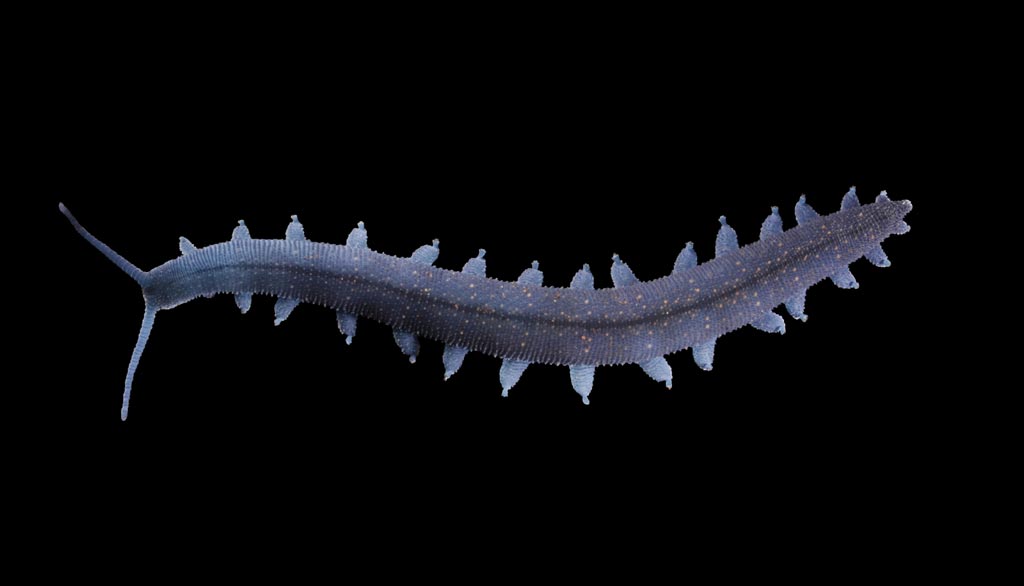Nano-CT Device Creates High-Resolution 3D X-Rays
By MedImaging International staff writers
Posted on 22 Nov 2017
A novel imaging device can produces images that approach the resolution of a scanning electron microscope, while also capturing structures under the surface.Posted on 22 Nov 2017
Under development at Munich Technical University (TUM; Germany) and the University of Kassel (Germany), the Nano-CT system is a table-top laboratory device and data processing pipeline that routinely and efficiently generates high-resolution three dimensional (3D) data at about 100 nm resolution of very small biological samples, without requiring synchrotron radiation optics. The researchers used the system to demonstrate the walking appendage of a Euperipatoides rowelli--the velvet worm-- a representative of the Onychophora invertebrate group, which is considered pivotal for understanding animal evolution.

Image: A Nano-CT image of the legs of velvet worm (Photo courtesy of de Sena Oliveira / University of Kassel).
Comparative analyses proved that nano-CT depicted the external morphology of the limb with an image quality similar to scanning electron microscopy (SEM), while simultaneously visualizing internal muscular structures at higher resolutions than confocal laser scanning microscopy, enabling the researchers to reveal hitherto unknown aspects of the Onychophoran limb musculature and enabling 3D reconstruction of individual muscle fibers. The study was published on October 3, 2017, in PNAS.
“Our goal in the development of the Nano-CT system is not only to be able to investigate biological samples, such as the leg of the velvet worm; in the future, this technology will also make biomedical investigations possible,” said professor of biomedical physics Franz Pfeiffer, PhD, of TUM. “Thus, for example, we will be able to examine tissue samples to clarify whether or not a tumor is malignant. A non-destructive and three-dimensional image of the tissue with a resolution like that of the Nano-CT can also provide new insights into the microscopic development of widespread illnesses such as cancer.”
“In contrast to arthropods, onychophorans do not have segmented limbs, as is also the case with their presumed common fossil ancestors,” said senior author Georg Mayer, PhD, of the department of zoology at the University of Kassel. “The investigation of the functional anatomy of the velvet worm's legs plays a key role in determining how the segmented limbs of the arthropods evolved.”
Related Links:
Munich Technical University
University of Kassel














